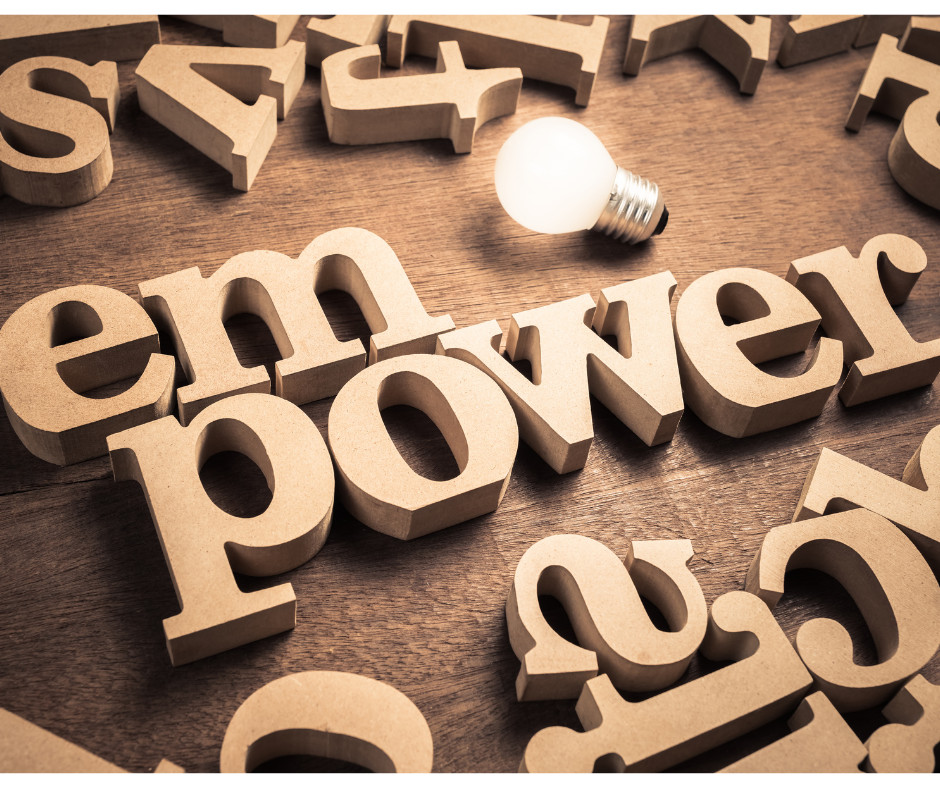
The way we think quietly in our heads and the language we use in everyday conversation can impact how we experience our world. The brain likes to be efficient, so it naturally groups similar things together in a way that can be deceptive. The brain doesn't distort information to be tricky or deceptive, it groups like things together in to be efficient and available for new information.
Once we learn what the color yellow is, that information is filed away. That lesson gets reinforced over and over again by our caregivers. What color is this? Yellow, we say, and our caregivers clap and exclaim, good job.
Through reinforcement, the brain determines this color yellow must be important, so it hard wires that memory and now we always know immediately the color yellow when we see it. Lemon, marigold, banana these are all shades of yellow, so the brain categorizes them as yellow, so that we never have to think about it again.
It is in this categorization process that some of these cognitive distortions were formed.
In order to be efficient, the brain categorizes things as like and different, think of the brain like a giant filing cabinet. The brain has a lot of information to sort through, assess, determine importance, categorize, and store. Everything we see, hear, think, feel, touch, eat and smell provides the brain with information. It has to do all this quickly and effectively in order to manage our responses and also remain vigilant for incoming information. The brain also has to make decisions and send chemical signals to the rest of the body to prepare our response. These rapid-fire assessments aren't always accurate. They are based on the basis of this categorization process. Every sensation, thought, emotion, sound, sight, lesson, smell, must be categorized and assessed. Sometimes it misses the subtler nuances in a situation. Sometimes, it files things in the wrong drawer. Sometimes a piece of information needs to be updated and modernized and thus revisited.
Cognitive distortions are ways in which our mind convinces us of something that isn’t true, leading to negative thinking patterns that can affect our mood, behavior, and decisions. Here are 9 common cognitive distortions that can have a profound impact on the way we interpret our world:
1. **All-or-Nothing Thinking (Polarized Thinking)**: Viewing situations, people, or self in extremes, with no middle ground. It's either perfect or a complete disaster.
2. **Overgeneralization**: Taking a single event and generalizing it to an overall pattern. For example, failing once and concluding you'll never succeed.
3. **Mental Filter**: Focusing exclusively on negative details and discarding all the positive aspects of a situation.
4. **Disqualifying the Positive**: Dismissing positive experiences for arbitrary reasons, hence maintaining a negative view.
5. **Jumping to Conclusions**: There are two key types: a) Mind reading – believing we know what others are thinking, and b) Fortune telling – predicting the future negatively.
6. **Magnification (Catastrophizing) or Minimization**: Blowing things out of proportion or inappropriately shrinking something to make it seem less important.
7. **Emotional Reasoning**: Believing that because we feel a certain way, what we think must be true. For example, "I feel embarrassed so I must be an idiot."
8. **Should Statements**: Using "should", "must", or "ought to" can cause feelings of guilt or frustration. They set up unrealistic expectations of ourselves and others.
9. **Labeling and Mislabeling**: Assigning global labels to ourselves or others based on specific behaviors in specific situations, often in a negative and unfair manner.
Understanding and identifying these distortions in our thought patterns can be the first step towards mindful change, empowering us to adopt healthier habits of mind and more balanced views on life's challenges.







0 Comments